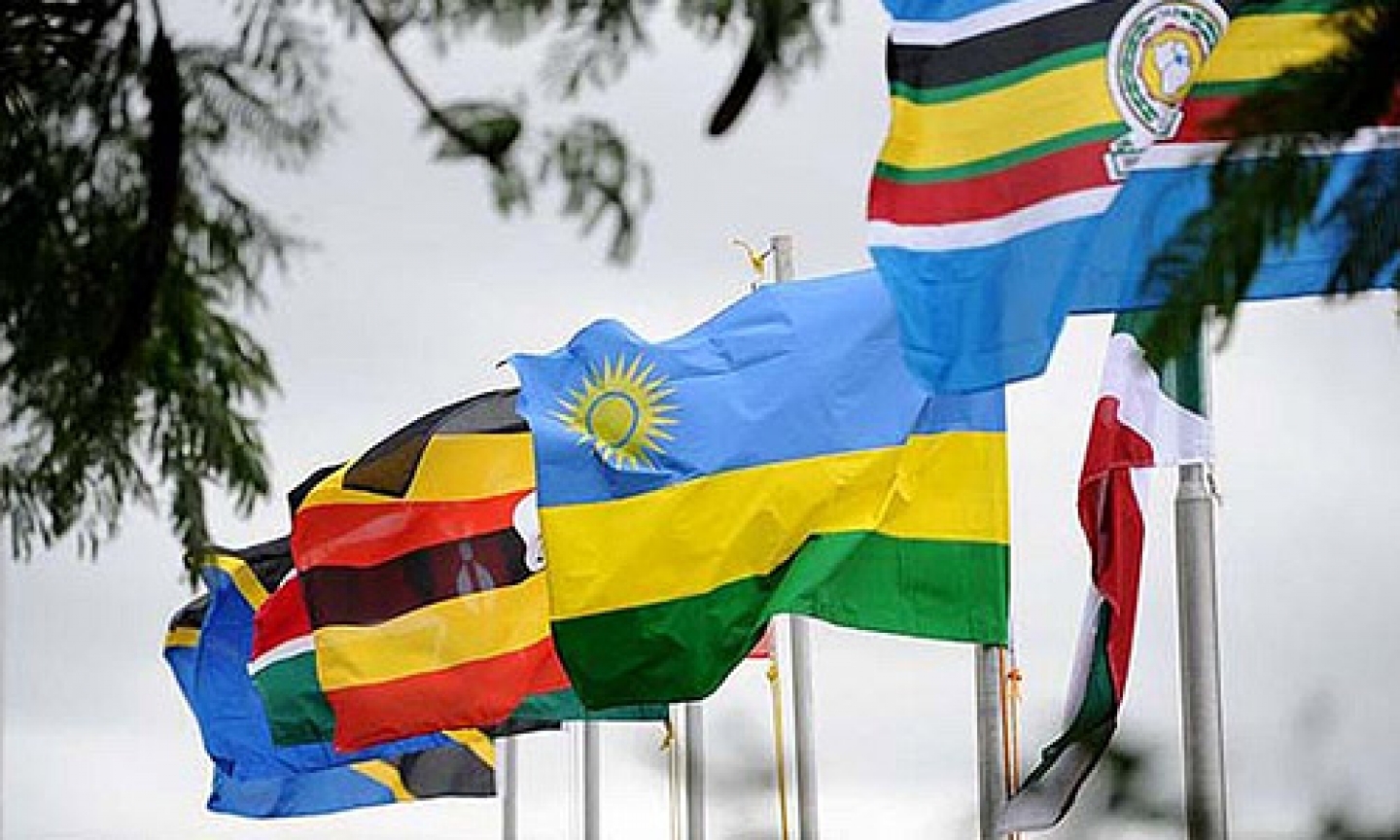A regional intergovernmental organization comprising Burundi, Kenya, Rwanda, South Sudan, Tanzania, and Uganda.
The EAC aims to promote economic, social, and political integration among its member states.Common Market for Eastern and Southern Africa (COMESA).
While not exclusive to East Africa, COMESA includes several East African countries like Burundi, Kenya, Rwanda, Tanzania, and Uganda.
It aims to promote economic integration in the region through trade liberalization and other initiatives.Tripartite Free Trade Area (TFTA): This agreement brings together COMESA, the EAC, and the Southern African Development Community (SADC) to create a larger free trade area covering a significant portion of Africa.
The TFTA aims to enhance intra-regional trade and economic cooperation.African Continental Free Trade Area (AfCFTA): While not specific to East Africa, AfCFTA is a continent-wide initiative aimed at creating a single market for goods and services in Africa.
Several East African countries are signatories to this agreement, which seeks to boost intra-African trade and economic integration.
These agreements provide frameworks for cooperation on various levels, including trade, investment, infrastructure development, and policy harmonization, with the ultimate goal of fostering economic growth and development in the region.
However, several factors have hindered East Africa integration, including historical tensions between member states, disparities in economic development, divergent political interests, and challenges related to infrastructure and connectivity.
Additionally, issues like border disputes, differing legal systems, and bureaucratic hurdles have also slowed down the integration process.
To achieve regional trade in East Africa, countries should focus on harmonising trade policies, reducing trade barriers such as tariffs and non-tariff barriers, improving infrastructure to facilitate the movement of goods, investing in cross-border transportation networks, promoting private sector involvement, enhancing customs procedures, and fostering political goodwill and cooperation among member states.
Additionally, initiatives to streamline regulations, standardize product certifications, and promote regional value chains can also contribute to boosting intra-regional trade.


